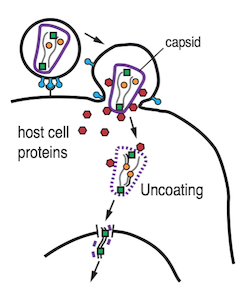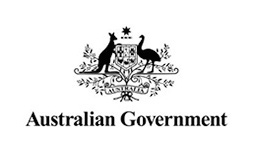Virus-host cell interactions
Virus-host cell interactions
HIV infection depends on the safe passage of the viral genome to the nucleus. Strategies to manipulate viral gene delivery have two clinical applications: first for development of new HIV therapies and second for improving lentiviral vectors for gene therapy. A promising target for controlling viral gene delivery is HIV uncoating, a critical step in the life cycle that releases the viral genome from the viral capsid. Our aim is to identify host cell proteins that interact with the HIV capsid and elucidate their roles in HIV uncoating. The HIV-1 capsid is a protein shell protecting the viral genome after host cell entry and undergoes a highly regulated disassembly process termed “uncoating”. The virus has evolved to exploit a network of host cofactors that interact with the incoming capsid core to regulate reverse transcription, nuclear import and integration of viral cDNA into preferred regions of the host chromosome. Conversely the cell has evolved restriction factors that recognise the capsid lattice and block infection. Spatiotemporal control of uncoating plays a central role in these competing processes: Host cofactors function by controlling capsid stability to evade detection by innate immune sensors while restriction factors lead to premature uncoating (or prevent uncoating entirely), resulting in loss of infectivity and degradation of the virus. Despite the central role of the capsid in the viral life cycle, only few host capsid-binding proteins have been identified and their precise roles in uncoating are not well understood. We have developed a highly innovative single-molecule uncoating assay to visualise binding of host proteins and their effect on capsid disassembly in vitro. The assay allows us to pinpoint the time of capsid opening. We have observed that the first defects appear soon after release of the capsid from the viral envelope followed by lattice disassembly. Small molecule inhibitors known to destabilise the viral capsid lead to a pronounced acceleration of the capsid opening time. We aim to dissect the competing protein interaction networks that assemble on the capsid lattice as part of the arms race between host and virus. This project is a close collaboration with the team led by A/Prof Stuart Turville (Kirby Institute, UNSW) such that we can validate predictions from our in vitro studies of host cell factor competition in cellular models of HIV infection.
Scientia PhD project available: http://www.2025.unsw.edu.au/apply/scientia-phd-scholarships/molecular-arms-race-between-host-cells-and-hiv



